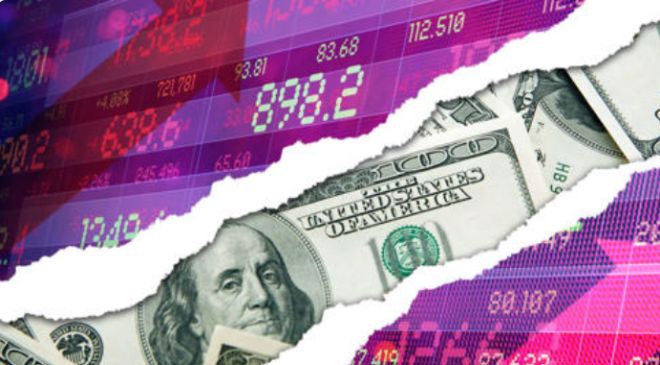The CNN Money Fear and Greed index showed further drop in the overall sentiment among US investors.
The S&P 500 and Nasdaq recorded losses on Wednesday, dropping on the first day of March.
Also Read:- Dave Ramsey Says This Type of Life Insurance Is ‘a Way to Screw People’ — and He’s Right
Wall Street initially got a boost following the release of better-than-expected data from China. The country’s official manufacturing PMI climbed to 52.6 in February. However, markets turned lower later during the session on Wednesday.
Shares of Tesla, Inc. (NASDAQ: TSLA) dropped 5.6% in after-hours trading on Wednesday after CEO Elon Musk unveiled the third part of his Master Plan that investors and traders believed lacked specifics about new products or services.
The Dow closed higher by around 5 points to 32,661.84 on Wednesday. The S&P 500 fell 0.47% to 3,951.39, while the Nasdaq Composite fell 0.66% to settle at 11,379.48 during the session.
Also Read- It’s not just eggs and housing: Inflation is also driving up car insurance premiums
Investors are awaiting earnings results from Macy’s, Inc. (NYSE: M), Best Buy Co., Inc. (NYSE: BBY), Costco Wholesale Corporation (NASDAQ: COST) and The Kroger Co. (NYSE: KR) today.
At a current reading of 56.0, the index remained in the “Greed” zone, compared to a previous reading of 59.0.
Also Read- How Walmart Neighborhood Market Differs From a Supercenter and What It Means for Your Wallet
What is CNN Business Fear & Greed Index?
The Fear & Greed Index is a measure of the current market sentiment. It is based on the premise that higher fear exerts pressure on stock prices, while higher greed has the opposite effect. The index is calculated based on seven equal-weighted indicators. The index ranges from 0 to 100, where 0 represents maximum fear and 100 signals maximum greediness.







































